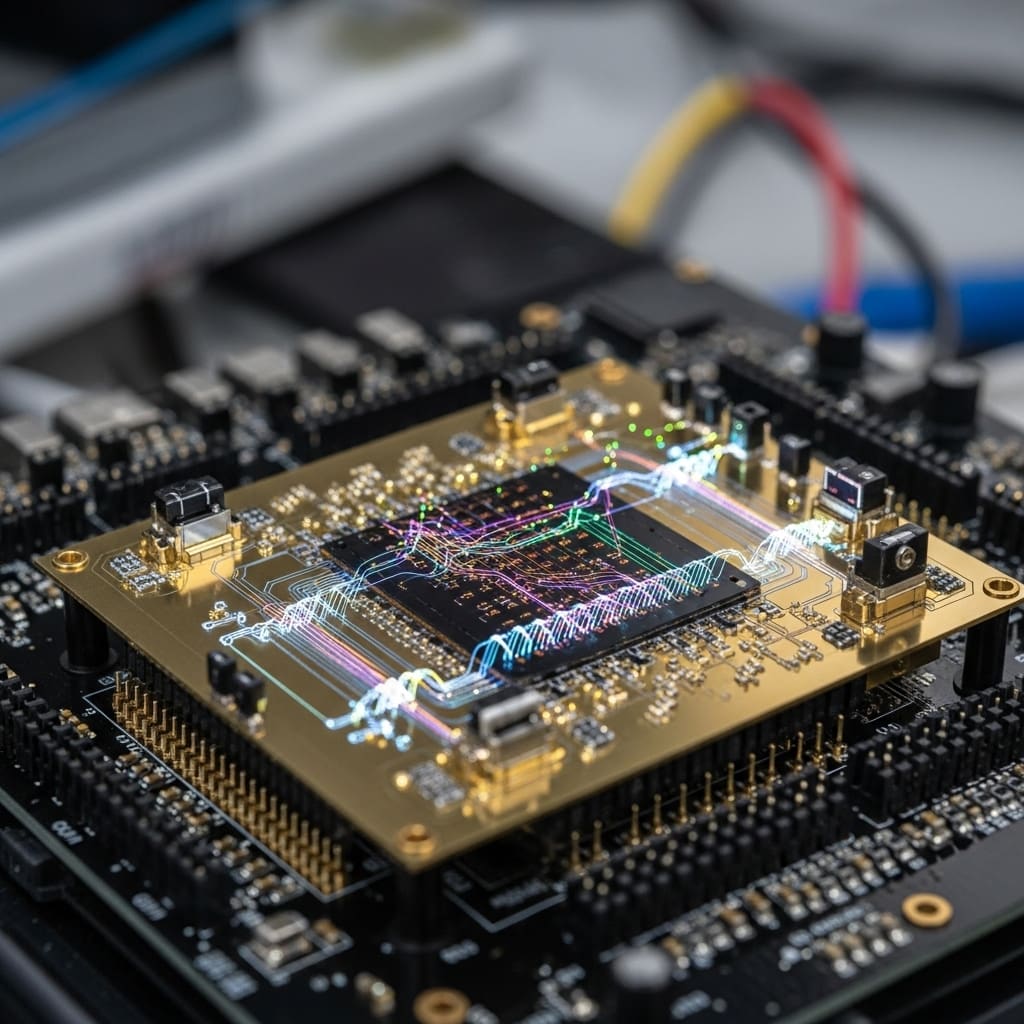Quantum computation relies on performing complex sequences of operations, and researchers continually seek ways to simplify these processes and reduce the resources required. Jonathan Nemirovsky, Lee Peleg, and Amit Ben Kish, alongside Yotam Shapira from Quantum Art, demonstrate a significant advance in this area by developing a method to implement any sequence of Clifford operations using a remarkably small number of fundamental building blocks. The team proves that any Clifford operation, regardless of its complexity, can be achieved with no more than six applications of specific, all-to-all entangling gates, eliminating the need for additional supporting qubits. This breakthrough offers a pathway towards more efficient quantum algorithms and represents a crucial step towards building practical quantum computers, particularly for architectures like trapped-ion systems where these types of interactions are natively available.
Constructing multiqubit gates enables the realisation of any sequence of Clifford operations of any length, without requiring ancillae. The research demonstrates that any sequence of CNOT gates, regardless of length, can be replaced with five applications of these Clifford entangling multiqubit gates, also without ancillae. This work introduces a computationally efficient algorithm to achieve these circuit compilations, offering a significant advancement in quantum circuit design and optimisation. Clifford operations are central to numerous quantum information processing applications, including quantum error correction, simulation algorithms, and the generation of pseudo-random unitaries.
Symmetric Decomposition of the Controlled-NOT Gate
Scientists have discovered a new method for breaking down a fundamental quantum operation, the Controlled-NOT (CNOT) gate, into simpler components. This research focuses on representing the CNOT gate using a specific type of mathematical structure called a symplectic matrix. The team proves that this matrix can be factored into a product of two symmetric matrices, which simplifies its implementation and reduces the complexity of quantum circuits. By expressing the CNOT gate in this way, the team demonstrates a streamlined approach to building quantum circuits, particularly relevant for quantum error correction techniques. This decomposition provides a more efficient way to build a key component of quantum computers, reducing the resources needed to perform calculations and improving overall performance.
Constant Cost Clifford Operations Demonstrated Experimentally
Scientists have achieved a breakthrough in quantum circuit optimisation, demonstrating a computationally efficient algorithm for implementing Clifford operations with a constant cost of no more than six applications of multiqubit entangling gates. This work focuses on circuits built from arbitrary single-qubit operations combined with these programmable, all-to-all entangling gates, which are particularly relevant to trapped-ion quantum computing platforms. The team rigorously proved that any sequence of Clifford operations, regardless of length, can be realised using this limited number of multiqubit gates, eliminating the need for ancilla qubits. Furthermore, experiments revealed that any sequence of CNOT gates can be replaced with just five applications of these same Clifford entangling multiqubit gates, again without requiring additional ancilla qubits.
Detailed analysis demonstrates that the required qubit drive power is comparable to standard methods, meaning the reduction in circuit depth and execution time does not increase power consumption. This constant-cost implementation offers a significant advantage for complex quantum computations, enabling more efficient use of quantum resources and potentially accelerating the development of scalable quantum technologies. The algorithm’s versatility enhances its applicability to a wide range of quantum algorithms and architectures.
Constant Cost Clifford Circuit Compilation Achieved
This research demonstrates a computationally efficient method for compiling quantum circuits, achieving a constant cost of no more than six applications of multiqubit entangling gates to realise any sequence of Clifford operations, without requiring additional ancilla qubits. The team showed that any sequence of CNOT gates can be replaced with just five of these multiqubit gates, also without ancillae, representing a significant reduction in the number of gates needed for certain quantum computations. This advancement builds upon existing techniques, offering comparable resource requirements in terms of qubit drive power, while reducing circuit depth and execution time. The findings are particularly relevant for trapped-ion quantum computing platforms, which natively support these all-to-all multiqubit entangling gates. By streamlining the implementation of Clifford operations, this work facilitates more efficient quantum algorithms and potentially enables the execution of more complex computations. The authors suggest that this constant-cost decomposition can be integrated with existing techniques, offering a versatile tool for optimising quantum circuits and improving the performance of quantum computers.

